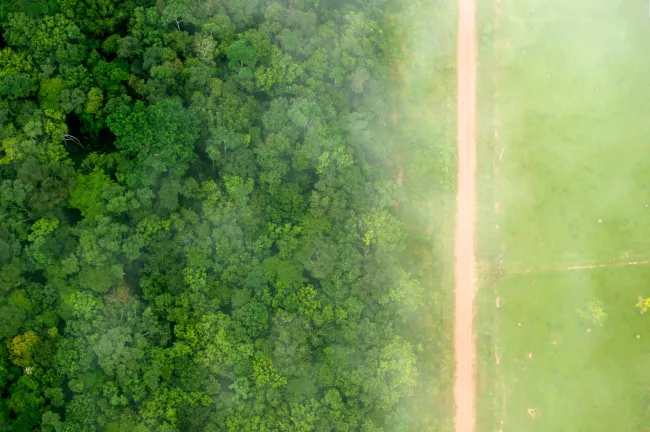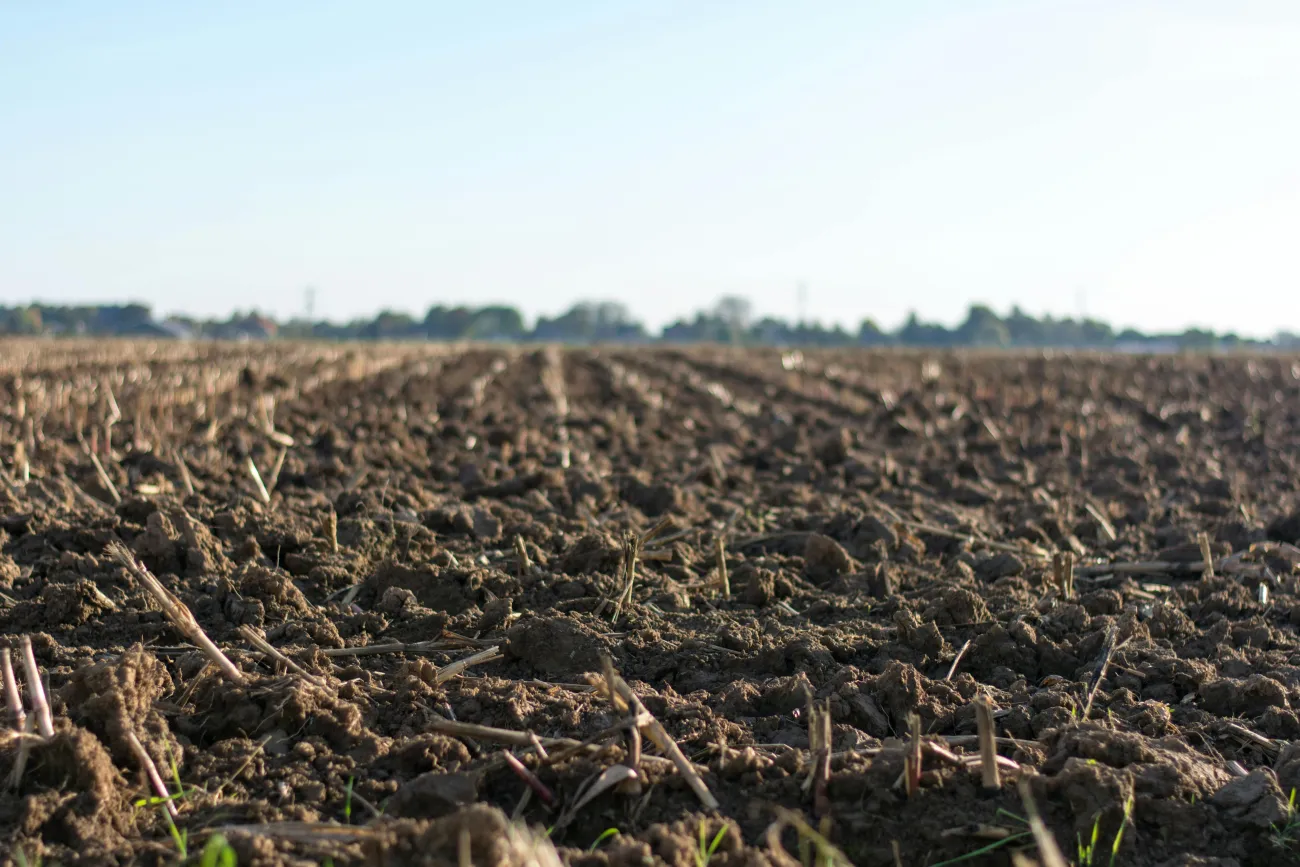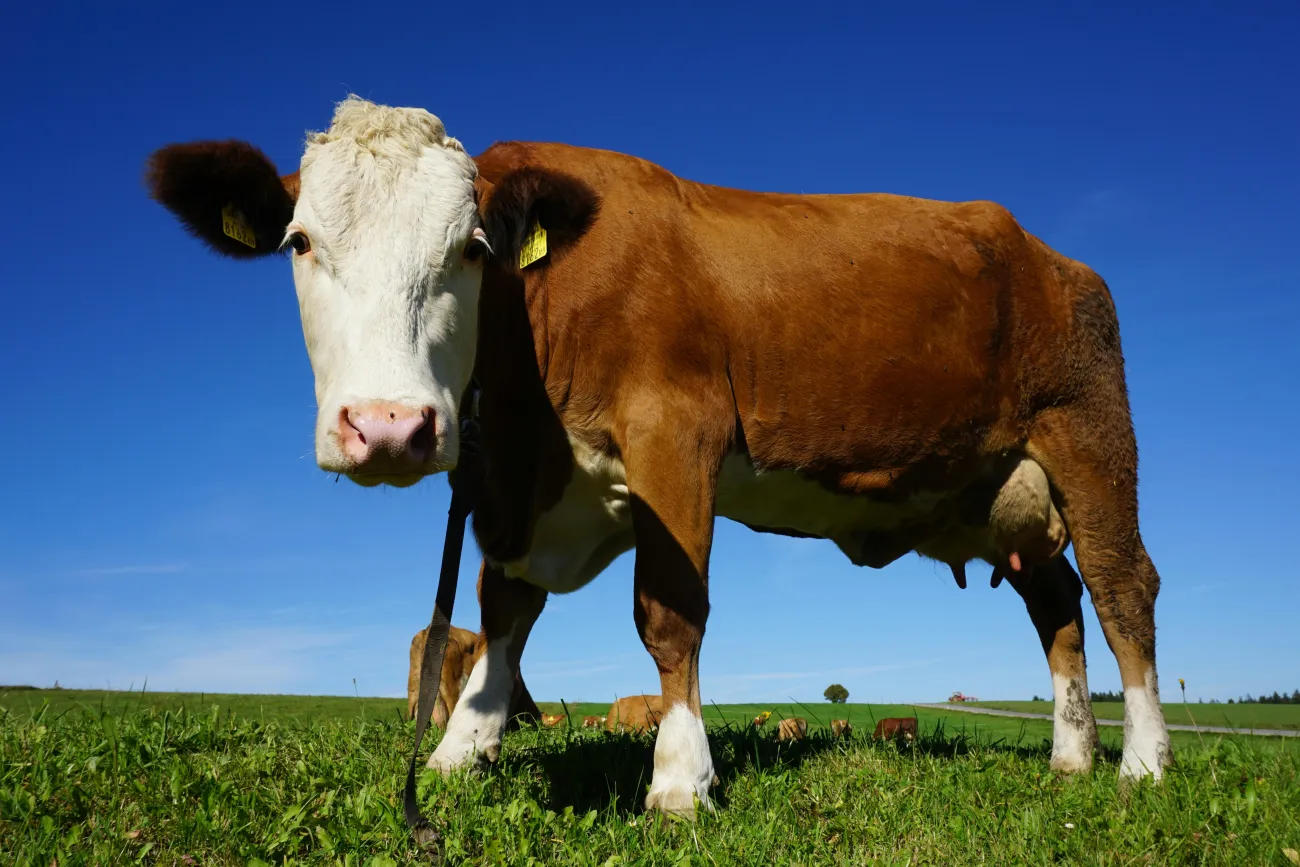It is an internationally agreed objective to cut human-caused greenhouse gas emissions to zero this century, to avoid the worst impacts of climate change. Given the major contribution of food system activities to total human-caused emissions, reducing these emissions is of great importance. But how and by how much can emissions be reduced, while also feeding a growing population?
There are different perspectives on how food systems emissions can be reduced and it is helpful to explore these since these differences also underpin many other debates around food system sustainability. Understanding these perspectives helps to put specific proposals for reducing food system emissions into a wider food systems context.
Image





Comments (0)